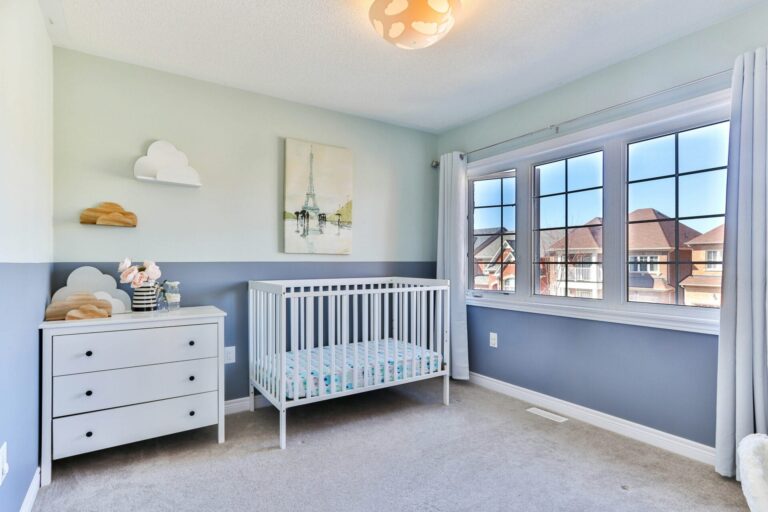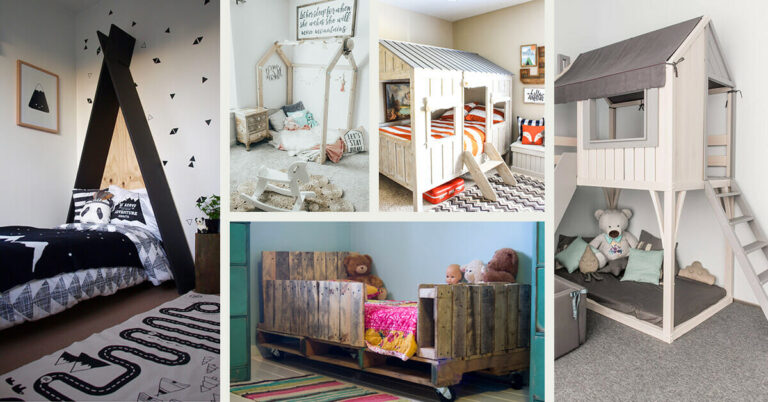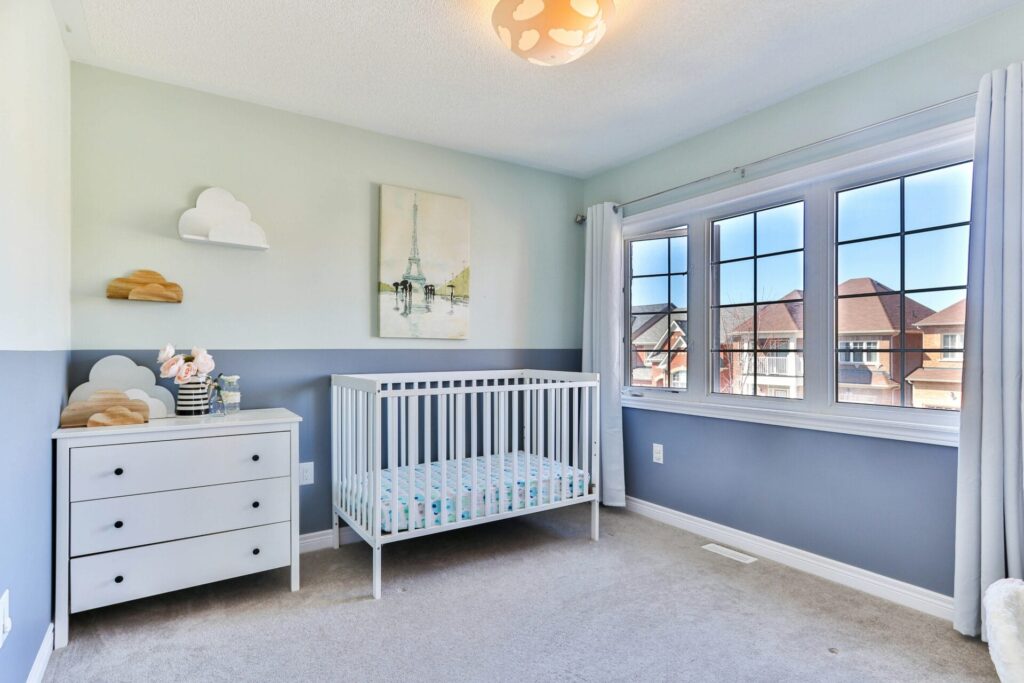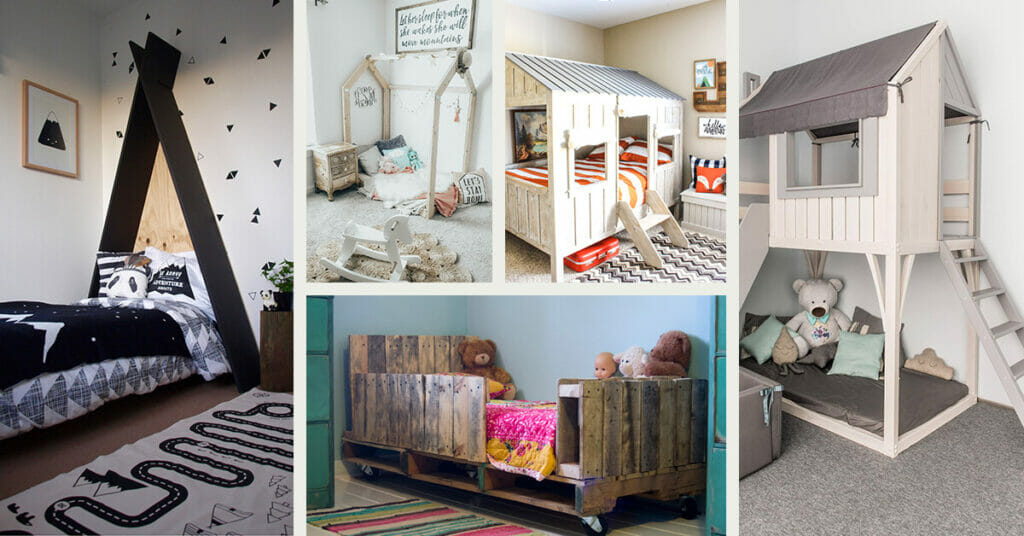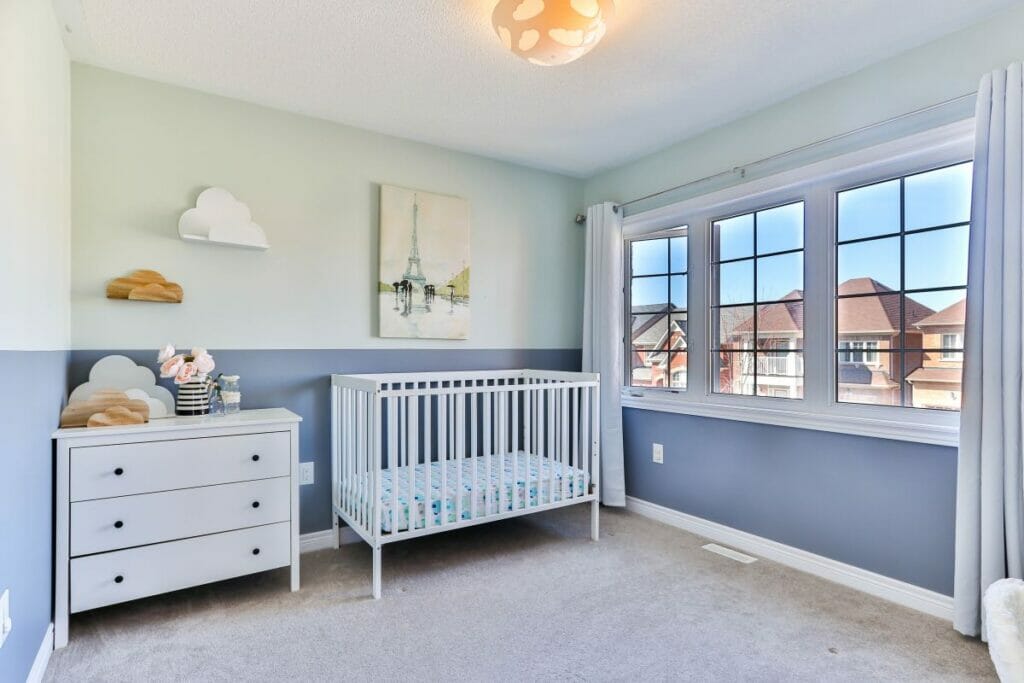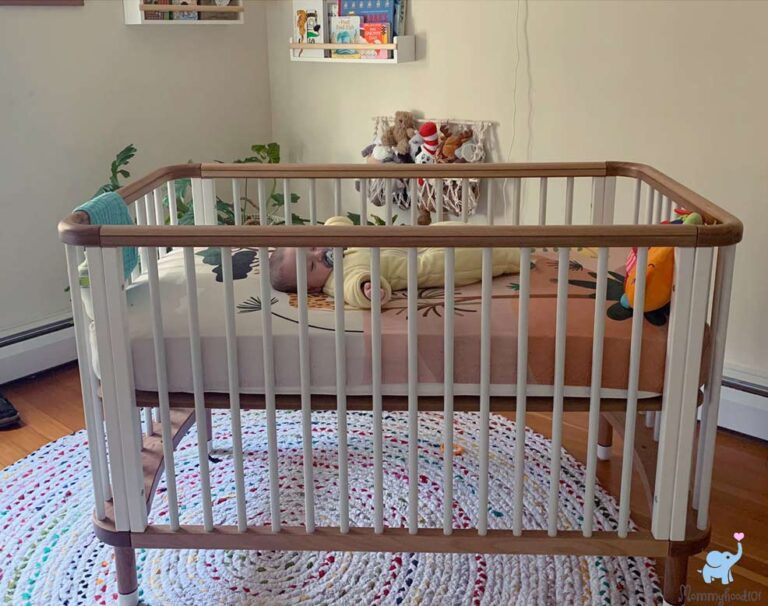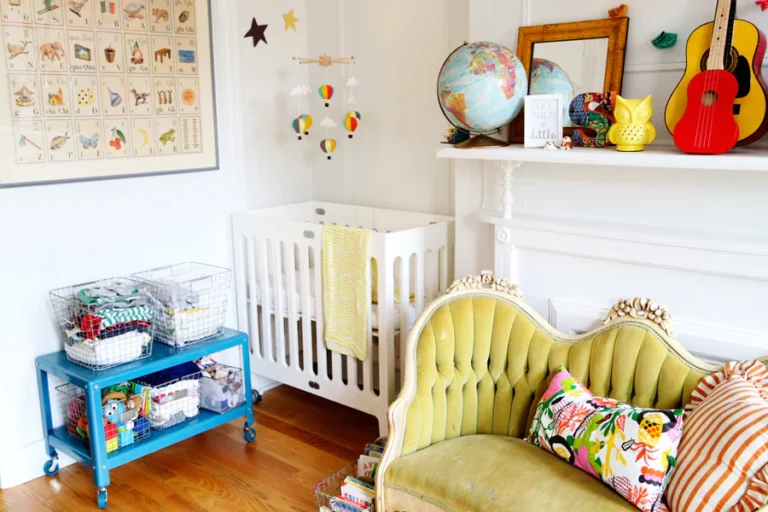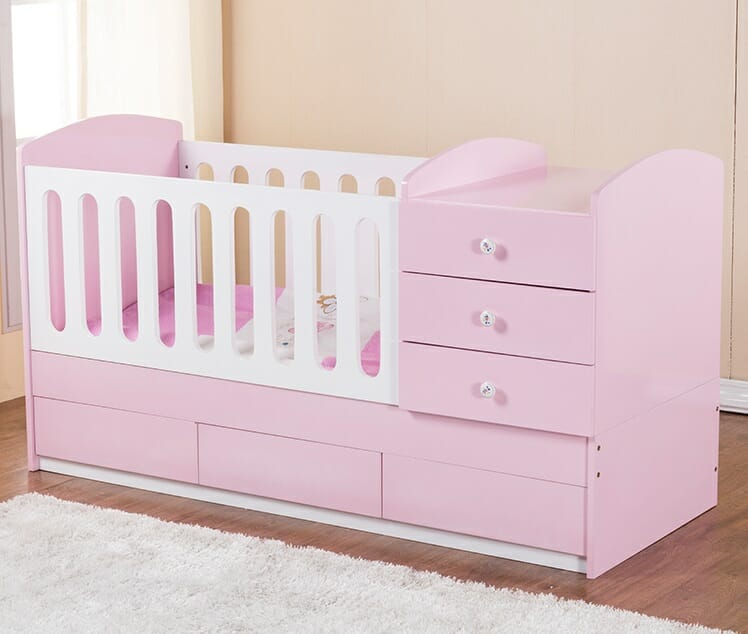
Introduction:
When it comes to creating a cozy and safe nursery for your little one, selecting the right crib dimensions is crucial. The size of the crib plays a significant role in ensuring your baby’s comfort and safety. In this blog post, we will delve into the importance of crib dimensions, provide essential tips to help you choose the perfect fit, and offer guidance on maximizing nursery space.
Understanding Crib Dimensions:
Crib dimensions refer to the measurements of a crib, including length, width, and height. These dimensions vary among different crib models and brands. Understanding the significance of crib dimensions is essential to ensure your baby’s comfort and safety.
Importance of Choosing the Right Size:
- Safety: Optimal crib dimensions prevent your baby from getting stuck between the mattress and crib sides, reducing the risk of injury or suffocation.
- Comfort: The right-sized crib ensures that your baby has ample space to move around and stretch, promoting better sleep and overall well-being.
Tips for Selecting the Perfect Fit:
- Measure your nursery: Before purchasing a crib, measure the available space in your nursery. Consider factors like room layout, doorways, and other furniture to ensure a seamless fit.
- Standard crib dimensions: Most cribs follow standard dimensions of approximately 52 inches in length and 28 inches in width. These dimensions allow for a comfortable sleeping area for your baby.
- Adjustable cribs: Opt for cribs with adjustable mattress heights, allowing you to lower the mattress as your baby grows and becomes more mobile.
- Convertible cribs: Consider convertible cribs that can transform into toddler beds or daybeds, accommodating your child’s changing needs as they grow.
Maximizing Nursery Space:
- Compact cribs: If you have limited space, consider compact cribs that offer the same functionality while taking up less room.
- Multifunctional furniture: Utilize furniture pieces with built-in storage to maximize available space in your nursery.
- Wall-mounted accessories: Hang shelves or organizers on the walls to keep essentials within reach without cluttering the floor space.
Crib Dimensions
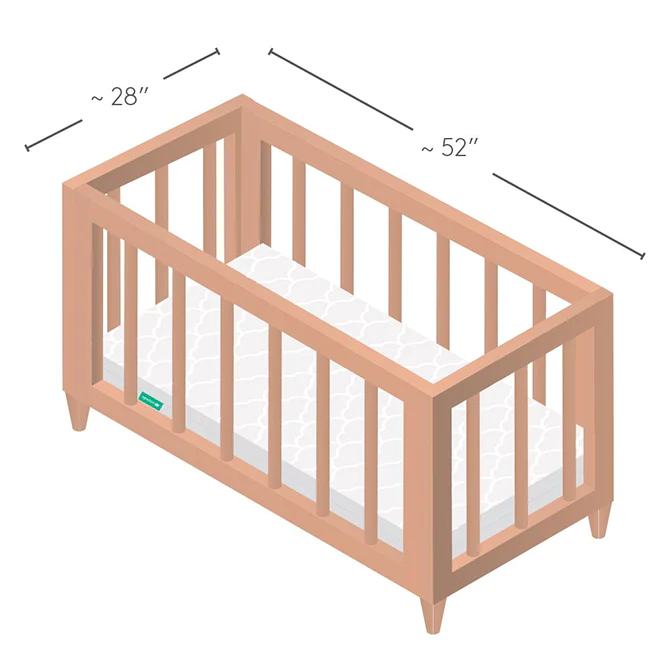
Standard Convertible Guardrail Width
51-56″w x 29-32″d x32-44″h 15.3″ and 20″
Storage
54″w x 30″d x39.5″h
23.5″w x 15.25″d x 6″h
Mini Crib
40.5″w x 26″d x 36.5″h
FAQs:
Q1. What are the standard crib dimensions?
A. The standard crib dimensions are approximately 52 inches in length and 28 inches in width.
Q2. Can I use a crib of any size for my baby?
A. It is recommended to use a crib that adheres to standard dimensions to ensure safety and compatibility with standard-sized mattresses and bedding.
Q3. Are all cribs adjustable in terms of mattress height?
A. No, not all cribs have adjustable mattress heights. Ensure to check the specifications of the crib before making a purchase.
What are the types of fetal positioning for birth?
There are several types of fetal positioning for birth. Here are the most common ones:
- Vertex or Head-Down Position: This is the ideal position for birth. The baby’s head is down, and the back of their head is towards the mother’s pubic bone. This position allows for an easier and smoother delivery.
- Occiput Posterior (OP) Position: In this position, the baby’s head is down, but its face is towards the mother’s abdomen instead of her back. This position can sometimes lead to more prolonged and more challenging labor.
- Occiput Anterior (OA) Position: This is another favorable position for birth. The baby’s head is down, and their face is towards the mother’s back. It is the most common position for a smooth vaginal delivery.
- Breech Position: In a breech position, the baby’s buttocks or feet are positioned to come out first instead of their head. Breech positions can increase the risks during delivery, and healthcare providers may recommend a cesarean section in such cases.
- Transverse Position: In a transverse position, the baby lies horizontally across the mother’s abdomen, with their shoulder or back facing the birth canal. This position can lead to complications during labor and usually requires medical intervention.
- Shoulder Presentation: In rare cases, the baby may present with their shoulder first instead of their head or buttocks. This is a challenging position for vaginal delivery and often necessitates a cesarean section.
Conclusion:
Choosing the right crib dimensions is crucial for your baby’s comfort and safety. By understanding the importance of crib dimensions and following the tips provided, you can make an informed decision while maximizing the available nursery space. Prioritize your baby’s well-being by selecting a crib that offers a cozy and secure environment for peaceful sleep and growth.


